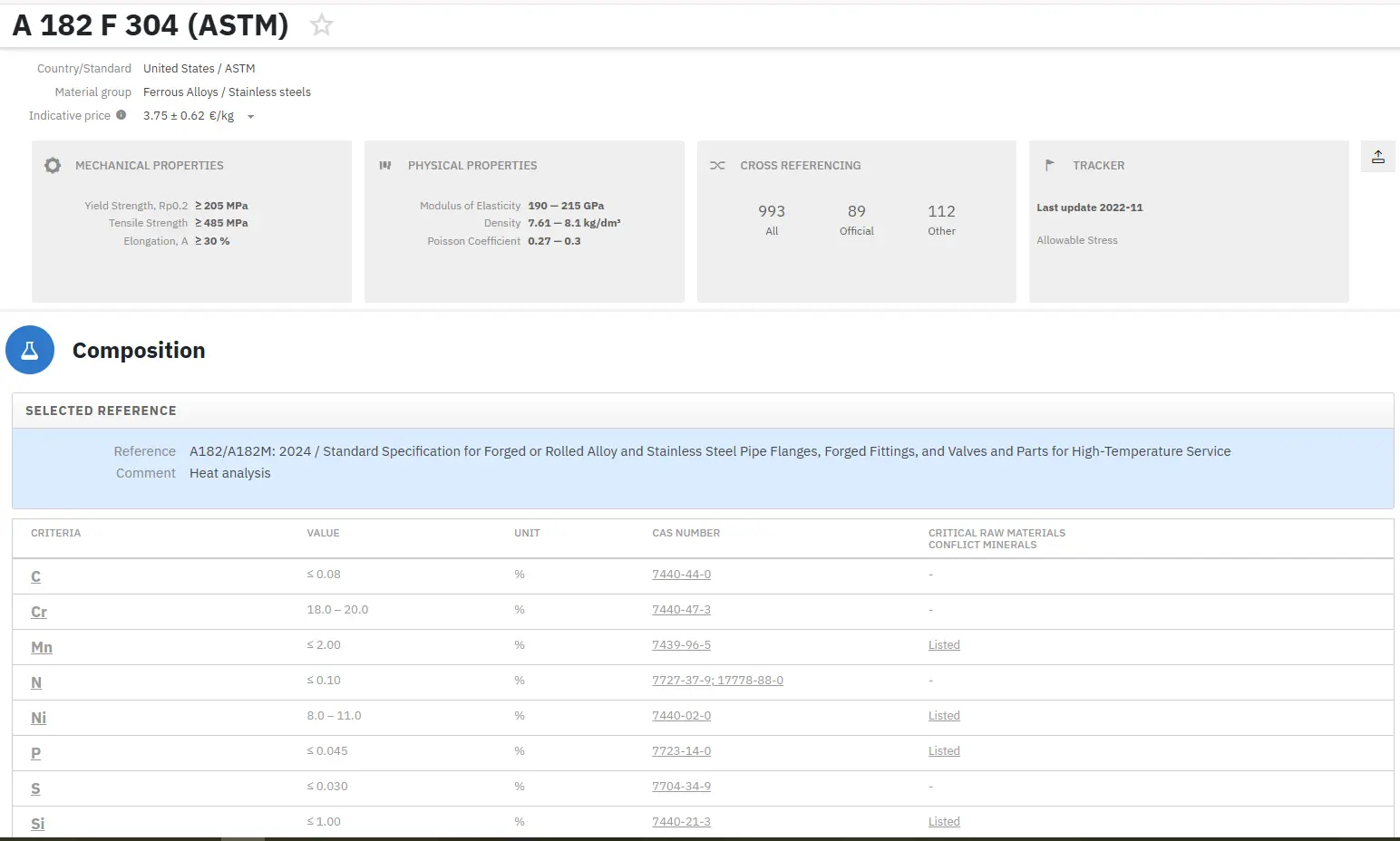High Strength Low Alloy V Steels: Part One
Abstract
High-strength low-alloy (HSLA) steels, or microalloyed steels, are designed to provide better mechanical properties and/or greater resistance to atmospheric corrosion than conventional carbon steels.
Vanadium contributes to strengthening by forming fine precipitate particles (5 to 100 nm in diameter) of V(CN) in ferrite during cooling after hot rolling.
Low alloy steel is one of the most rapidly developed and highly utilized steel grades in recent years and has become the most produced, applied and economic steel available. The stipulated minimum yield strength is 275 MPa with a maximum value of 1035 MPa. A category of steel with these characteristics is made by adding a small proportion of alloy element in the carbon steel, which will ensure the steel has high strength, good toughness, high weldability and strong formality and erosion resistance under hot rolling or heat treatment conditions.
Normal elements for alloyment are generally strong carbide combination elements such as Ti, Nb and V. Nb are most widely applied and are the subject of most research projects due to the fact that it can effectively condition various physical metallurgy factors and have the biggest refinement and precipitation strengthening in traditional controlled rolling process. However, there has never been an equal determination to study the research and development of Ti-alloyed and V-alloyed microstructural steels.
High-strength low-alloy (HSLA) steels, or microalloyed steels, are designed to provide better mechanical properties and/or greater resistance to atmospheric corrosion than conventional carbon steels. They are not considered to be alloy steels in the normal sense because they are designed to meet specific mechanical properties rather than a chemical composition (HSLA steels have yield strengths greater than 275 MPa, or 40 ksi). The chemical composition of a specific HSLA steel may vary for different product thicknesses to meet mechanical property requirements.
The HSLA steels in sheet or plate form have low carbon content (0.05 to −0.25% C) in order to produce adequate formability and weldability, and they have manganese content up to 2.0%. Small quantities of chromium, nickel, molybdenum, copper, nitrogen, vanadium, niobium, titanium, and zirconium are used in various combinations.
Niobium and vanadium, the most frequently used micro alloy additives, are added to achieve similar objectives-to condition the austenite and to precipitate at various stages of processing. These two elements are not interchangeable however, and for optimum results, specific steel chemistry and processing parameters are required.
| Vanadium | Niobium | |
| Solubility of M (C,N) in austenite | High | Low |
| Propensity for Concast Cracking | Low | High |
| Ease of recrystalization | High | Low |
| Compatibility with Nitrogen | Positive | Negative |
| N effect on Precipitation in austenite | Limited | Intensive |
| N effect on Precipitation in ferrite | Positive | Absent |
| Nitrogen Binding Capacity | Strong | Minor |
Table 1: Critical size of macro inclusions in cast semis that cause process upsets and product defects
High strength low alloy (HSLA) steels offer the advantage of weight and cost savings compared to mild steel. Therefore they are widely used in the automotive and the construction industry.
Vanadium Microalloyed Steels
The development of vanadium containing steels occurred shortly after the development of weathering steels, and flat-rolled products. With up to 0.10% V these materials are widely used in a hot-rolled condition. Vanadium-containing steels are also used in the controlled-rolled, normalized, or quenched and tempered condition.
Vanadium contributes to strengthening by forming fine precipitate particles (5 to 100 nm in diameter) of V(CN) in ferrite during cooling after hot rolling. These vanadium precipitates, which are not as stable as niobium precipitates, are in solution at all normal rolling temperatures and thus are very dependent on the cooling rate for their formation. Niobium precipitates, however, are stable at higher temperatures, which is beneficial for achieving fine-grain ferrite.
The austenite grain size of hot-rolled steels is determined by the recrystallization and grain growth of austenite during rolling. Vanadium hot-rolled steels usually undergo conventional rolling but are also produced by recrystallization controlled rolling. With conventional rolling, vanadium steels provide moderate precipitation strengthening and relatively little strengthening from grain refinement. The maximum yield strength of conventionally hot-rolled vanadium steels with 0.25% C and 0.08% V is about 450 MPa (65 ksi). The practical limit of yield strengths for hot-rolled vanadium-microalloyed steel is about 415 MPa (60 ksi), even when controlled rolling techniques are used.
Vanadium steels subjected to recrystallization controlled rolling require a titanium addition so that a fine precipitate of TiN is formed that restricts austenite grain growth after recrystallization. Yield strengths from conventional controlled rolling are limited to a practical limit of about 415 MPa (60 ksi) because of the lack of retardation of recrystallization. When both strength and impact toughness are important factors, controlled-rolled low-carbon niobium steel (such as X-60 hydrogen-induced cracking resistant plate) is preferable.
材料の正確な化学成分を即座に検索!
Total Materia Horizon には、数十万種類の材料・物質の化学組成や、その機械的・物理的特性が収録されています。

Total Materia Horizonの無料テストアカウントを開設して、120カ国以上、50万人を超えるユーザーのコミュニティに参加しましょう!